Photographs: Abhijit Masih
If you ever find yourself in Lisbon, Portugal, you'll really be missing out if you don't tour the nearby towns of Obidos, Batalha, Nazare and Fatima. Abhijit Masih recounts his remarkable day trip to these four destinations, taking in all they have to offer.
While the capital of Portugal, Lisbon, is a beautiful, scenic destination, a visit here would be incomplete without venturing outside of city limits for a day trip. There are various routes that you can choose from, which can be covered in a day; but the most popular locales in close proximity are the towns of Obidos, Batalha, Nazare and Fatima. Tours of these towns are also popular due to their religious significance, the most renowned being Fatima. This is where three children were blessed with apparitions of the Virgin Mary in 1917 and it is now a major pilgrimage spot for Roman Catholics from across the world.
A tour can be booked from the convenience of your hotel. Most hotels take bookings on behalf of the tour operators and the tour includes a direct pick up from and drop to your accomodation. The pick up from our hotel was at 8 in the morning and the drop-off time 7 in the evening. The whole route covered four towns and a total distance of approximately 250 kilometres. Our guide provided us with information in multiple languages -- most of us in the tourist bus required him to repeat himself in English, Italian and Portuguese.
The walled town of Obidos
The first stop was the walled town of Obidos, an ancient fishing village built as early as the 13th century. The village has quaint little houses, painted on the outside in similar colours and patterns -- all of them are white, with a yellow and blue border.
The rooftops, like most houses in Portugal, are tiled and create a fantastic view from a distance. The village has narrow cobbled lanes with houses on both sides. Most of these cater to the visiting tourists and have been converted into stores selling souvenirs.
Steeped in history
Image: St Mary's Church at ObidosAt the centre of Obidos is St Mary's Square, named after the church which was erected here in 1148 AD, during the reign of King Afonso Henriques. The church is surrounded by other notable structures such as the Manor House, Pillory (which houses the coat of arms of King Manuel 1) and the former Town Hall, which has been converted into a museum.
Another important site within Obidos is St Peter's Square. It is the churchyard of one of the most important churches of the town -- St Peter's Parish. It was erected in the 13th century AD, rebuilt in the 16th century AD and rebuilt once again after the earthquake of 1755. Next to the church is St Martin's Chapel and the Town Hall or the Vicar's Palace.
Obidos is a small town and the 30-minute deadline provided by the tour guide was sufficient for a stroll through the lanes steeped in history.Batalha Abbey is one of Europe's greatest Gothic masterpieces
Image: Statue of Nuno Pareira against the backdrop of Batalha AbbeyOur next stop was a small village called Batalha. This village is part of the tour because of Batalha Abbey, one of Europe's greatest Gothic masterpieces and a world heritage monument.
The abbey was built by King Jo o 1 in 1388 AD, after he made a vow to the Virgin Mary to help him win the war against the Castillians. A massive equestrian statue of Nuno Alvares Pareira, the young trusted general of King Jo o responsible for winning the war stands beside it.
Sheer grandeur
Image: Batalha AbbeyThe Abbey, with its numerous pinnacles and monumental windows, is one of the most beautiful churches I have ever seen. The entrance to the shrine is adorned with statues of the apostles on both sides of the gate. You are hit by its sheer grandeur as soon as you step inside and are overwhelmed by the height of the roof.
As soon as you enter, on the right is the Founder's Chapel, which houses the tombs of King Jo o, Queen Phillipa and their children, including the younger son Prince Henry the Navigator. We were fortunate enough to witness a wedding underway at the Abbey. Although the ceremony was in Portuguese, the emotions you experience at such times is the same, no matter what language is used.
Nazare, a picturesque seaside town
The next stop was Nazare, a relatively bigger and beautiful town on the Atlantic coast. Legend has it that the town was named after a statue of the Virgin Mary brought over from Nazareth by a monk in the 4th century AD.
Many locals still don their traditional dress here. The men wear checkered shirts and trousers, which are very distinct and the women wear several layers of petticoat (seven in all, the tour guide told us).
The tourist attraction here is a place called Sitio, which is at quite a height and has a breathtaking view of the town on one side and the Atlantic Ocean on the other.
A 12th century chapel
Image: Capela Da Memoria, NazareOverlooking the ocean is Capela Da Memoria, a tiny 12th century chapel. It is here that Vasco Da Gama, after his return from India, came to give thanks to the Lady of Nazareth for his safe return.
Nossa Senhora Da Nazare Church
Image: Nossa Senhora da Nazare ChurchOn the opposite side of the chapel, across the square, is the Nossa Senhora Da Nazare Church. Built in the 17th century AD, it has biblical scenes depicted on the tiles and contains a revered image of the Lady of Nazareth.
The church is rather small in comparison to the other cathedrals which we visited on the tour, but is of immense importance to the locals.
The apparitions of Fatima
The last stop on the tour before heading back to Lisbon was Fatima, undoubtedly the most important of all destinations in Portugal and one of the biggest pilgrimage sites in Europe for Roman Catholics.
We stopped for lunch here -- the meal was included in our Euro 60 tour package and included a decent buffet spread. Below the restaurant was a souvenir store, which was the size of a small hypermarket. It was filled with rosaries, crosses, rings, paintings, molded Nativity and Last Supper scenes and a lot more. By far the best souvenir shop, considering I did not find anything worthwhile in the ones back in Lisbon.
As I mentioned before, it is believed that three Portuguese children -- Lucia Santos and her cousins, Francis and Jacenta Marto -- had a vision of the Virgin Mary while herding their sheep in Fatima. It is said that the Virgin Mary appeared to them six times between May 13 and October 13 of the year 1917, always on the thirteenth day of each month. Of the three children, Jacenta and Francis died shortly after due to a flu epidemic. Lucia, the eldest amongst the three, lived in a convent till her death in 2005.
A peaceful oasis
Image: The Basilica of Our Lady of FatimaIt is because of these apparitions that millions of pilgrims flock to Fatima through the year. Realising the importance of the pilgrimage, a vast basilica was built here in 1953. The shrine also holds the tombs of all three children.
Approximately 300 metres across from the basilica is a new church, built recently. Between the shrine and the new church is a massive square that can accommodate a million people -- it is twice the size of St Peter's Square in Rome. On the left of the square is the Chapel of the Apparitions, which was built on the exact same spot where the visions occured. It is a simple, open structure with a statue of the Lady holding the bullet which was extracted from Pope John Paul II after an assassination attempt in 1981.
Even though the square is bustling with people from all parts of the world, there is tremendous peace which shrouds the shrine. Since I took the tour on a Saturday, it gave me and my fellow tourists the opportunity to attend mass, which was at 3 pm. Here again, the mass was conducted in Portuguese, but the responses and the hymns were chanted in unison and in multiple languages.
The hour-and-a-half drive back to Lisbon was rather quiet, as exhaustion had finally set in, having been ignored thus far due to a haze of excitement, a thirst for historical knowledge and an awe of the cultural richness we witnessed.

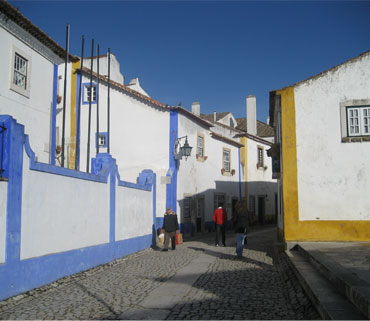

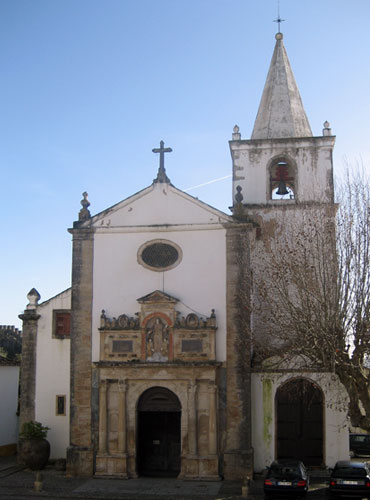
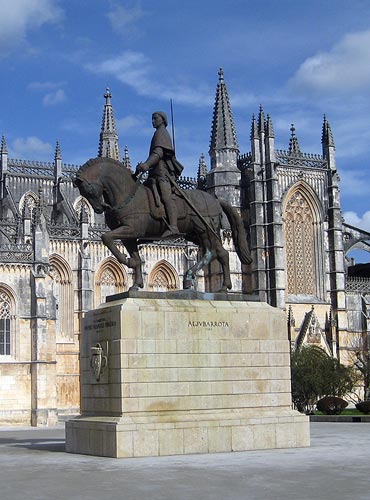
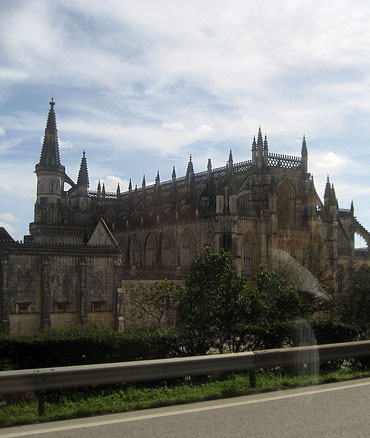



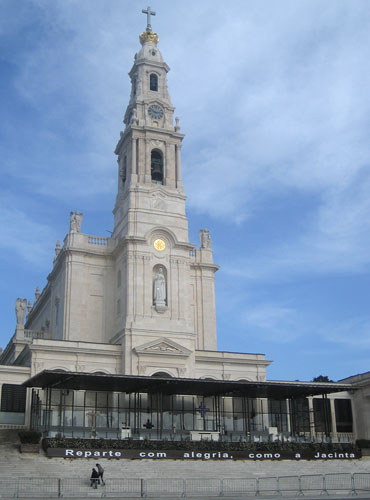

Comment
article